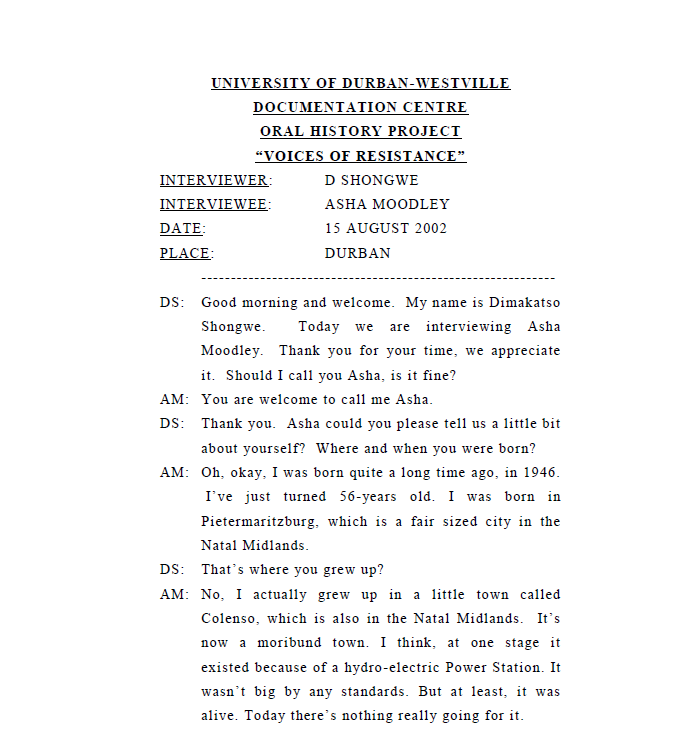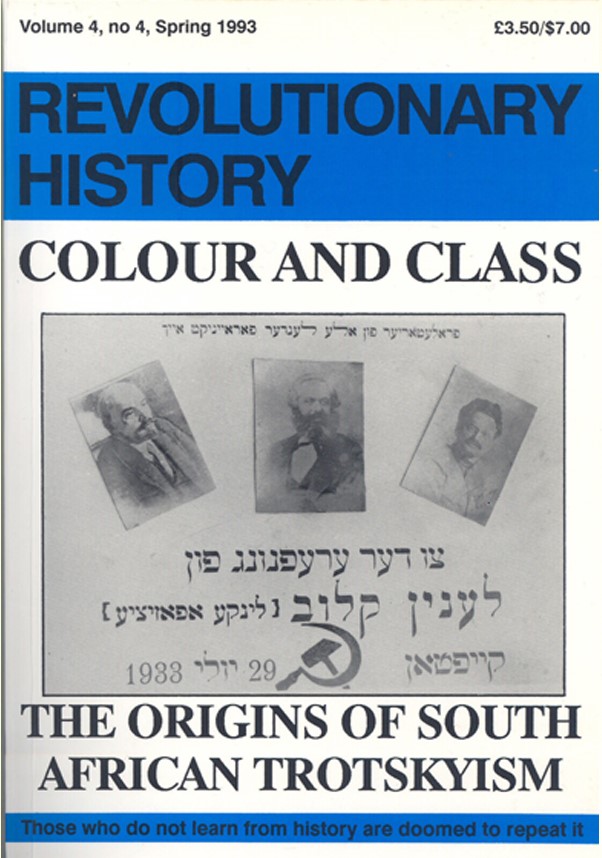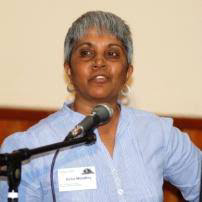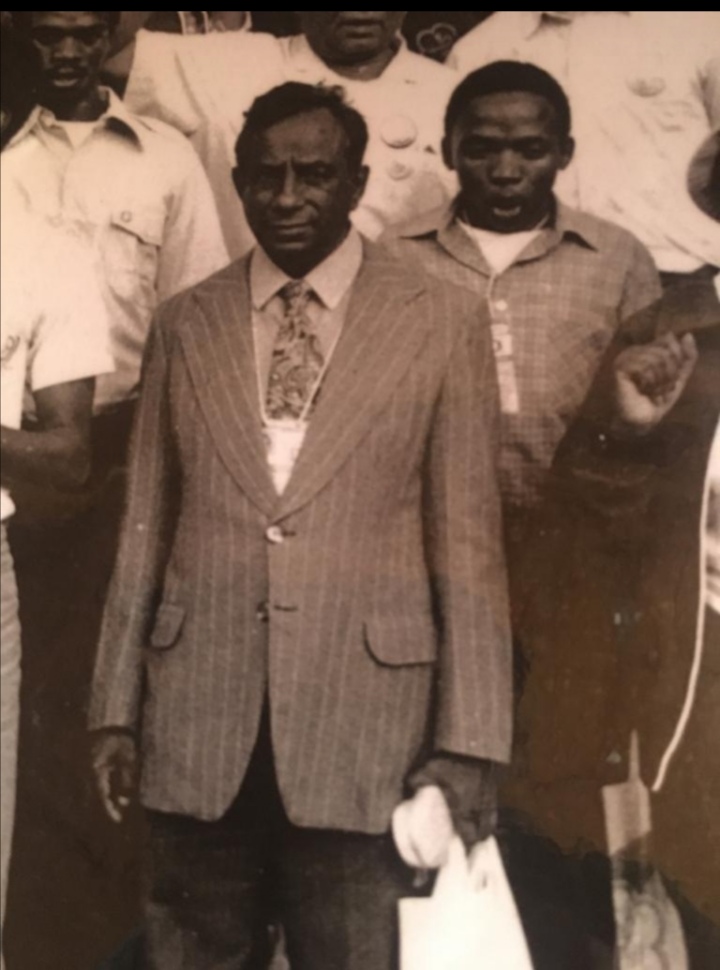Quanza Shipwreck, East London
The Quanza was a four-masted steamship of 942 tons which went ashore at East London, on Sunday, 26 May 1872 at 5am. She struck the rocks, just East of the Orient Beach -- close to today's Wimpy, on the Esplanade. No lives were lost. The 'Quanza' was at anchor, where it was thought to be sheltered, loading a cargo of about 3,000 bales of wool destined for London. She was almost ready to sail when she was struck by a heavy southeaster wind. Her anchors dragged and soon she was perched on the rocks.
The ship had been built in 1865 and had originally been named Yorkshire. In 1868, when she was transferred to a Portuguese flag, she was renamed: "Quanza". In 1871, she was returned to the British flag.
She was one of seven ships to founder that morning. The others were sailing vessels. There demise was as follows:
1)'Queen of May': 314 tons, smashed on the rocks to become a total wreck.
2)'Refuge': washed onto the sand with a full load of cargo, all damaged/
3)'Martha': 191 tons, washed onto the sand with a full load of cargo, all damaged.
4)'Elaine': smashed on the breakwater, bottom up, with a full load of cargo.
5)'Sharp': 204 tons, driven onto the rocks but the best part of her cargo would be saved.
6)'Emma': washed onto the sand, but had already discharged most of her cargo.
The problem was that East London still had no proper Harbour. Indeed, a sandbar across the mouth of the Buffalo River meant that only small vessels of less than 80 tons, could enter. The rest had to anchor outside the Harbour, where lighter vessels would meet them, to load or off their cargo.
Nearby is the place which was inhabited by the COELACANTH FISH in the ocean for over 350 million years and was once thought to have gone extinct at the end of the Cretaceous period. However, on December 22, 1938, a living specimen was discovered among the catch of a fisherman in South Africa.
A curator at East London Museum, Marjorie Courtenay-Latimer avidly collected local naturalistic specimens, such as rocks, feathers, and shells. One day, she received a call from a local angler, Captain Hendrick Goosen, who caught a large, strange fish off the Chalumna River. It was, to quote Courtenay-Latimer, “five feet long, a pale mauvy blue with faint flecks of whitish spots” and “covered in hard scales, and it had four limb-like fins and a strange puppy dog tail.”
When a new Suburb was created in 1883. It was situated overlooking where the Quanza had been wrecked -- it would become known as the Quanza Estate. The street running directly up from the shore through the middle of Quanza Estate would be named Quanza Street. In 1904 the Municipality constructed a pair of bathing pools on the rocks at the spot where the Quanza had founded.
The pools would be known as the Quanza Pools. They were constructed as a result of an initial accident when the Town Engineer was experimenting with explosives. He blasted a great hole in the rocks, there after water rushed in. The resulting pool became a popular place for women and children. As a consequence, the Town Council decided to build a proper pool there. In fact, two pools were built: one for Men, the other for Women and children. The protests that ensued, however, saw the Council change its mind: sexually mixed bathing was allowed for the first time in the larger pool, while the smaller one remained the domain of the women and children.
https://sahris.sahra.org.za/sites/default/files/heritagereports/IOX%20Cable%20Route_HIA.pdf https://www.museum.za.net/index.php?option=com_content&view=article&id=112:mrs-h-s-ball-kwt-and-her-famous-chutney&catid=25&Itemid=168
https://www.easterncapescubadiving.co.za/index.php?page_name=dive_site&dive_site_id=79 https://www.buffalocitytourism.co.za/shipwrecks




